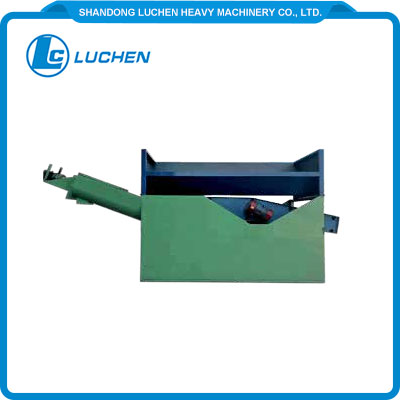Types of sand and gravel separator
2023-11-15
A sand and gravel separator is a device designed to separate particles based on their size or density in a mixture of sand, gravel, and water. These separators are commonly used in various industries, including construction, mining, and aggregates processing, to efficiently separate and classify materials for different purposes. There are different types of sand and gravel separators, and their designs can vary based on the specific application. Here are some common types:
1. Vibrating Screens:
- Vibrating screens are widely used in the aggregates industry for separating and classifying sand and gravel based on particle size. The screen deck contains multiple layers of screens with different-sized openings, allowing smaller particles to pass through while larger particles are retained.
2. Trommel Screens:
- Trommel screens consist of a rotating cylindrical drum with perforated metal or wire mesh screens. As the drum rotates, materials move along its length, and smaller particles fall through the screens. Trommel screens are commonly used in mining and construction applications.
3. Hydrocyclones:
- Hydrocyclones use centrifugal force to separate particles based on their density. In a sand and gravel separation context, the mixture is fed into a hydrocyclone, and the heavier particles are forced to the outer edge and collected, while the lighter particles move toward the center and are discharged.
4. Spiral Classifiers:
- Spiral classifiers are devices that use the principle of settling velocity to separate particles. In the context of sand and gravel separation, a mixture is fed into a spiral classifier where the heavier particles settle to the bottom and are collected, while the lighter particles are carried to the top and discharged.
5. Static Grizzly Screens:
- Grizzly screens are stationary screens with bars or grids set at an angle. They are commonly used in the initial stage of the material handling process to remove oversized rocks and debris from the raw material feed.
6. Gravity Tables:
- Gravity tables use the principle of gravity to separate particles based on their density. Heavier particles settle to the bottom, while lighter particles are carried away. This method is often used in fine sand and gravel separation.
7. Inclined Screens:
- Inclined screens are similar to vibrating screens but are set at an angle, allowing for better material separation. The inclination helps convey material along the screen surface and facilitates effective separation.
8. Air Classifiers:
- Air classifiers use airflow to separate particles based on their size and weight. They are often used in applications where precise particle size control is required.
The choice of a sand and gravel separator depends on factors such as the particle size distribution of the material, the required throughput, and the specific application's processing requirements. These separators are essential in industries where the separation and classification of materials are crucial for achieving desired product specifications.



